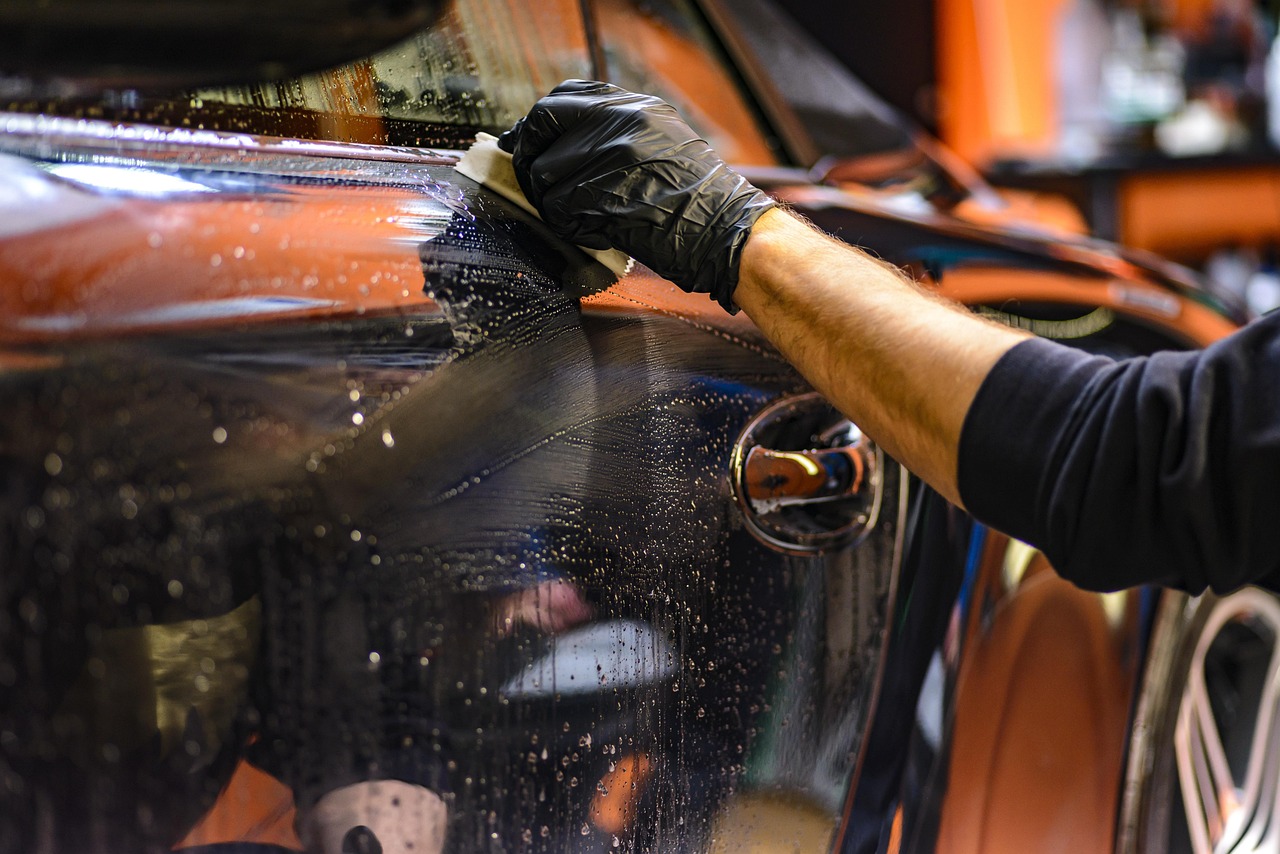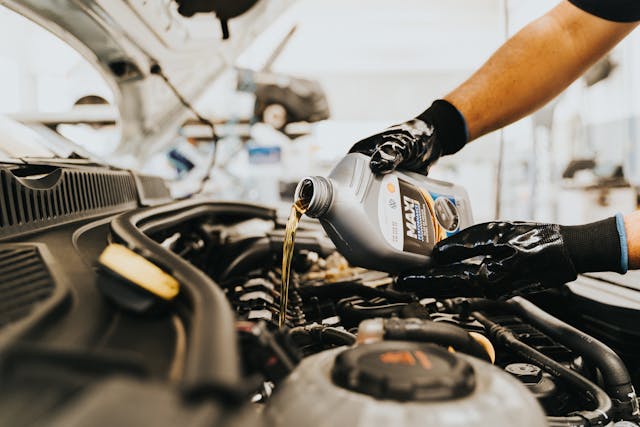
Welcome to the world of automotive ownership, where your shiny new vehicle is not just a mode of transportation but an extension of your personality and lifestyle! Just as you wouldn’t neglect a prized possession, ensuring your car remains in top-notch condition is essential for both performance and longevity. Whether you’re behind the wheel of a sleek sedan or an adventurous SUV, mastering the art of car care can save you time, money, and headaches down the road. In this blog post, we’ll dive into essential tips and tricks that will have you maintaining your new ride like a seasoned pro—so buckle up and get ready to hit the road with confidence.
Keep Your Tires in Check
Tires are your car’s contact with the road, so keeping them in good condition is crucial. Start by checking the tire pressure regularly—at least once a month. Low tire pressure can lead to uneven wear and decreased fuel efficiency, while overinflated tires can be dangerous. Also, rotate your tires every 6,000 to 8,000 miles to ensure they wear evenly. This is an easy and cost-effective way to extend their lifespan and improve handling. And don’t forget to check the tread depth with a simple penny test—if the tread is too worn down, it’s time for new tires.
Stay on Top of Your Brake Maintenance
Your brakes are essential for safety, so don’t wait until you hear that dreaded squealing sound to check them. Pay attention to any signs of reduced braking performance—like a soft brake pedal or strange noises when you stop. If you notice anything unusual, have your brakes inspected. It’s also a good idea to flush your brake fluid every two years to keep the braking system in top condition.
Wash and Wax Your Car Regularly
It might seem like a no-brainer, but washing your car regularly is one of the easiest ways to keep it looking brand new. Dirt, salt, and debris can damage the paint over time, leading to rust and wear. Aim to wash your car every couple of weeks, especially if you live in an area with lots of road salt in the winter or near the coast where salt from the ocean can affect the paint. While you’re at it, don’t forget to wax your car every few months. Waxing creates a protective barrier on your car’s paint, helping to keep it shiny and protecting it from the elements.

Stick to Your Oil Change Schedule
Oil is the lifeblood of your car’s engine. Frequent oil changes keep everything operating smoothly, preventing engine wear and improving fuel efficiency. Most manufacturers recommend getting an oil change every 3,000 to 7,500 miles, depending on your car’s make and model. It’s easy to forget, but skipping oil changes can lead to long-term damage. So, make it a habit to keep track of your oil changes, either with a sticker on your windshield or a handy reminder on your phone.
Check and Replace Air Filters
Your car’s air filters play a big role in engine performance. A dirty air filter can restrict airflow to the engine, reducing fuel efficiency and overall performance. Checking and replacing your air filter is easy and inexpensive—usually about once a year or every 12,000 to 15,000 miles. If you notice that your engine is running rough or you’re getting fewer miles per gallon, it could be a sign that your air filter needs a replacement.
Stay on Top of Fluid Levels
Your car relies on various fluids to function properly—engine oil, coolant, brake fluid, transmission fluid, and power steering fluid, to name a few. Keeping these fluids topped off can help prevent overheating, maintain proper lubrication, and keep your car running smoothly. Most of these fluids should be checked at least once a month, and if you’re not sure how to do it, your car’s manual will walk you through the process.
Don’t Ignore the Dashboard Warning Lights
Your car’s dashboard is like the warning center for everything that’s going on under the hood. If a light comes on, it’s important not to ignore it. From low oil pressure to brake issues, the warning lights are there to help prevent bigger problems down the road. If you’re not sure what a specific light means, consult your owner’s manual or take your car to a mechanic for a quick check-up. Owning a new car is exciting, but maintaining it is the key to ensuring it stays in great condition for years to come. By adopting these simple car maintenance habits, you’ll be able to keep your ride running smoothly, and looking fresh, and avoid those costly repairs down the line. Plus, a well-maintained car will hold its value longer—making it a smart investment.
